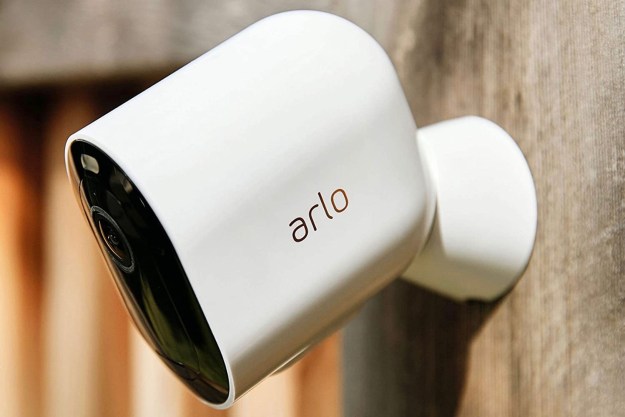How many consumer electronics products do you have in your household? If you are in the average, says the Consumer Electronics Association in its annual study on this topic, it’s approximately 26.
In the annual CE Ownership and Market Potential Study announced last week, said the CEA, it was detailed that besides an average of 26 “non-discreet†CE products, which is up by one from last year, the average price spent a CE collection was around $1,200. The top five CE growth sectors were also identified and are MP3 players, digital cameras, car video entertainment systems, in-dash CD players and notebook PCs.
It was also interesting to note the five most owned products, led by televisions at 95 percent household penetration, followed by VCRs (87 percent), cordless phones (85 percent), DVD players (81 percent) and wireless phones (78 percent), as well as the fact that satellite radio ownership reached 10 percent of households as aggregate Sirius and XM subscribers breached the 10 million mark.
“America’s love affair with consumer technology products continues,” said CEA President and CEO Gary Shapiro, in a statement. “Consumers across the nation recognize that digital products enhance the way we all work, live and play. Digital products are cool and the CE industry remains hot.”
Editors' Recommendations
- Samsung’s “Spring Sale” has washers and dryers from just $499
- Nanoleaf upgrades its music-syncing skills, launches new lighting products at CES 2024
- Get up to 26% off Dabbsson portable power solutions to light up your holidays
- Getting Starlink has never been easier than it is right now
- Roborock S7 Max Ultra vs. Roborock S7 MaxV Ultra: Similar names, very different products




